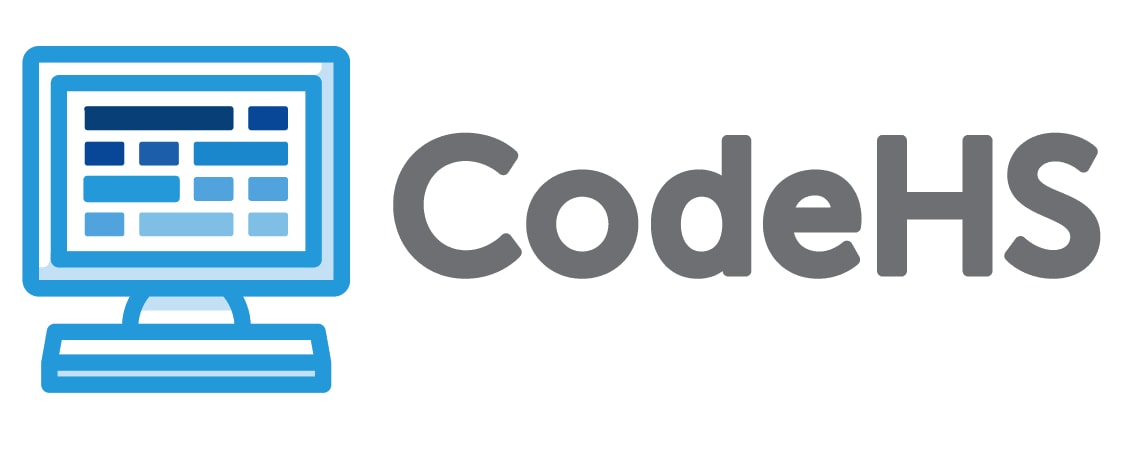AP Computer Science Principles introduces students to the foundational concepts of computer science and challenges them to explore how computing and technology can impact the world. This course is endorsed by the College Board and has been updated for the 2020 framework. With a unique focus on creative problem solving and real-world applications, AP Computer Science Principles prepares students for college and career. By the end of this course, students will learn basic programming skills as well as fundamental concepts about how computers and the Internet work.


